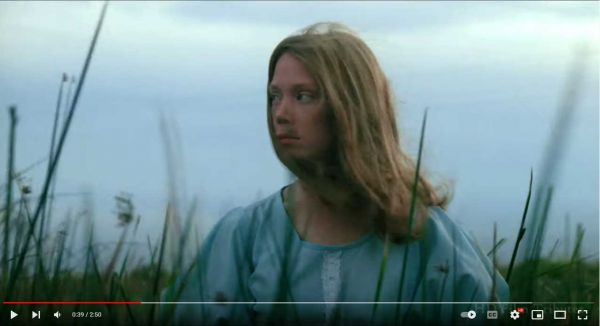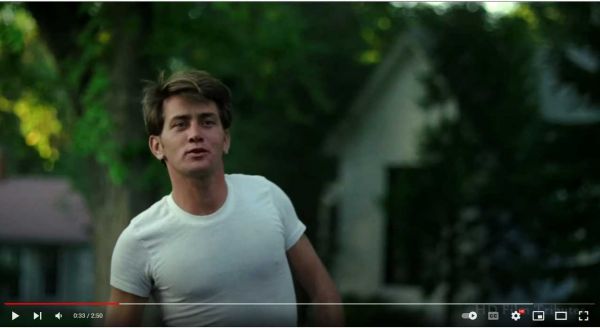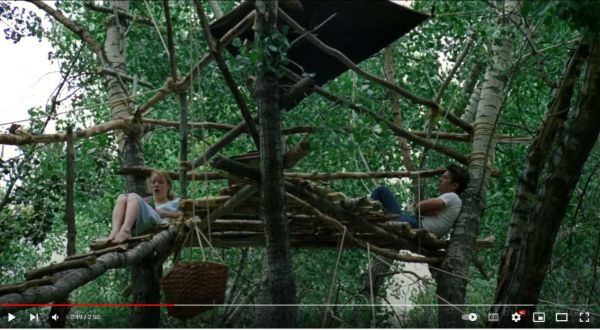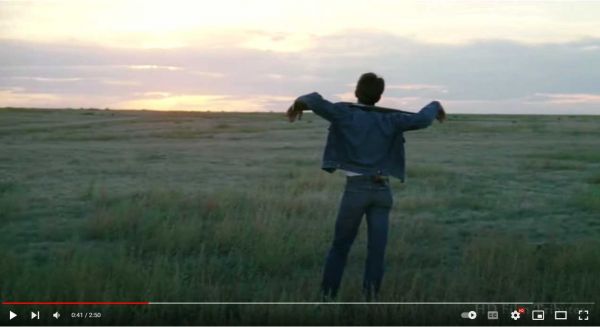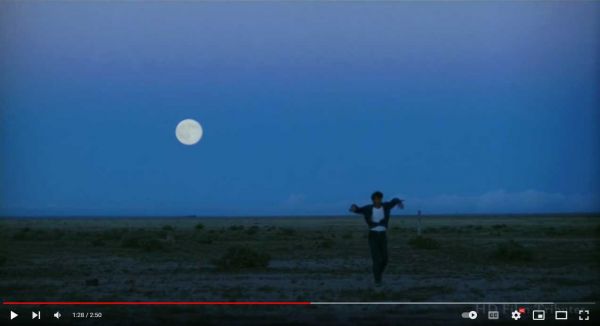A Retrospective of the Movie Badlands, 1973
A Retrospective of the Movie Badlands, 1973
I noticed recently that someone has posted the entire feature-film Badlands to YouTube, and before someone else decides to take it down again, my readers should plan to see it, if only to scroll through it. If nothing else, the soundtrack and the photography may haunt you, and you will have to slow down and actually watch it. The film-critic David Thomson wrote that the director Terrence Malick directed Badlands with "the lofty indifference of deliberate art". Nevertheless, the aesthetics of the film will have to compete with the plot and content, right to the end. Parts of it are hairy as hell. So I can't really recommend Badlands, except to say that I could not stop watching it.
The film came out in 1973, and I can no longer remember when I saw it for the first time—perhaps as part of a culture-in-life program when I attended college in the mid-seventies. The movie takes place in the Northern Plains of the Dakotas and Eastern Montana. Filming took place at sunset in some scenes, during twilight in other scenes. The rugged, arid Plains provide the perfect setting for the soundtrack, dominated by the composer Carl Orff's eery music, titled Schulwerk.
The movie concerns two young people from the rural mid-West—Kit played by Martin Sheen, and Holly, by Sissy Spacek. They live in the remote town Dupree, South Dakota, in dead-end anonymity, and become lovers when Kit sees her practice her baton-twirling routine in the street. Holly attends high school and belongs to the drum-majorette squad. She is sweet and loyal, but sort of vacuous, and hangs on to Kit who drifts from one dangerous, violent confrontation to another. While she does not participate in Kit's life of crime, she has an infantile sort of acceptance of his viciousness, with little sense of right and wrong, and scarcely any sort of independent life. She tags along like a child, tolerates their endless life on the run, and keeps up a sort of running commentary of their activities, in an unspontaneous voice-over, never bothering to distinguish right from wrong.
Kit, on the other hand, is an impassively violent twenty-something who works as a garbage collector. Behind his cynical, bullshitting pose, lurk demons by the dozen. He practices violence glibly, as if he cannot access indignation or grief about his actions. Hidden behind a psychological wall, emotional involvement in his own life remains beyond his reach. He obviously has problems behind that blank, undirected surliness—that he cannot resolve except with a firearm. Sheen has to inhabit Kit's emotionally-blocked personal space and anti-social mindset. Sheen has admitted that the intensity of the role caused him to flip out a little. He had to dwell in the mindset of Kit, a sociopath—a man with a half-full psyche and no oganized moral stance.
The lovers' simple-minded romance—whetted on the run—evokes from the viewer a special pathos and recalls other examples of fugitive love—Mark Twain's Huckleberry Finn, for instance, or Romeo going on the run with Juliet, toting a firearm. The violence of the story contrasts eerily with these young lovers inhabiting the virgin scenery of the Northern Plains.
Kit and Holly flee the agents of law-enforcement, across the remote, semi-arid countryside of eastern Montana, leading into southern Saskatchewan. Kit keeps killing people with blank, surly disregard.
The haunting landscapes lit by the sun or the moon haunt the viewer, commenting mutely on how little their beauty can influence Kit. He looks like a scarecrow staring off across impassively toward the setting sun, his arms draped over the ends of his rifle. As night falls, the scarecrow faces away from the moon.
The Carl-Orff soundtrack closes out the film, as Kit boards a plane that will take him to his date with the executioner. The plan ascends through the clouds, giving the viewer a no-less fantastic view than he has already seen.
The director of Badlands, Terrence Malick, ran out of money during the shooting and had to wing it from that point on, borrowing what he could to make up for the shortfall. Miraculously, none of these problems has a negative effect on the final product, which has a seamless, haunting quality that never lets up its hold on the viewer.

